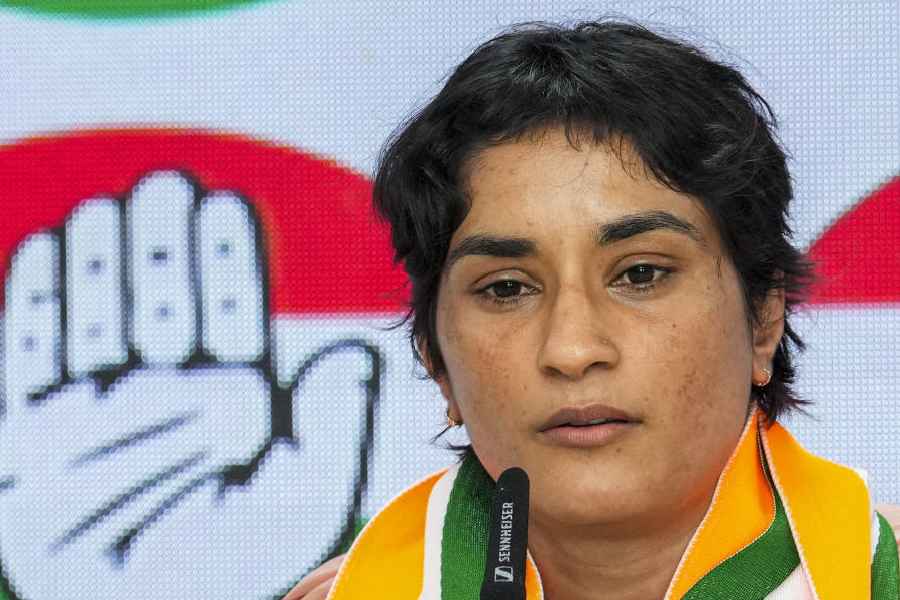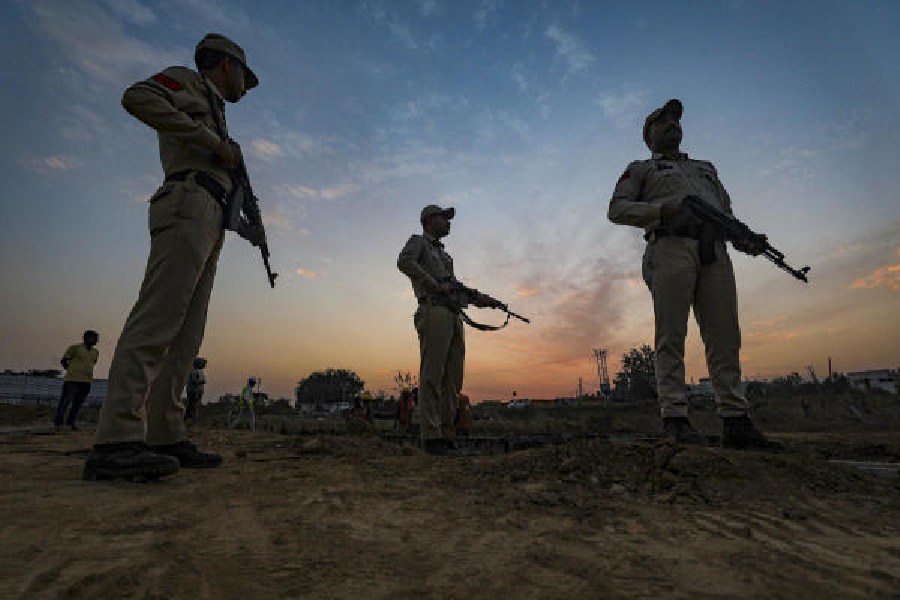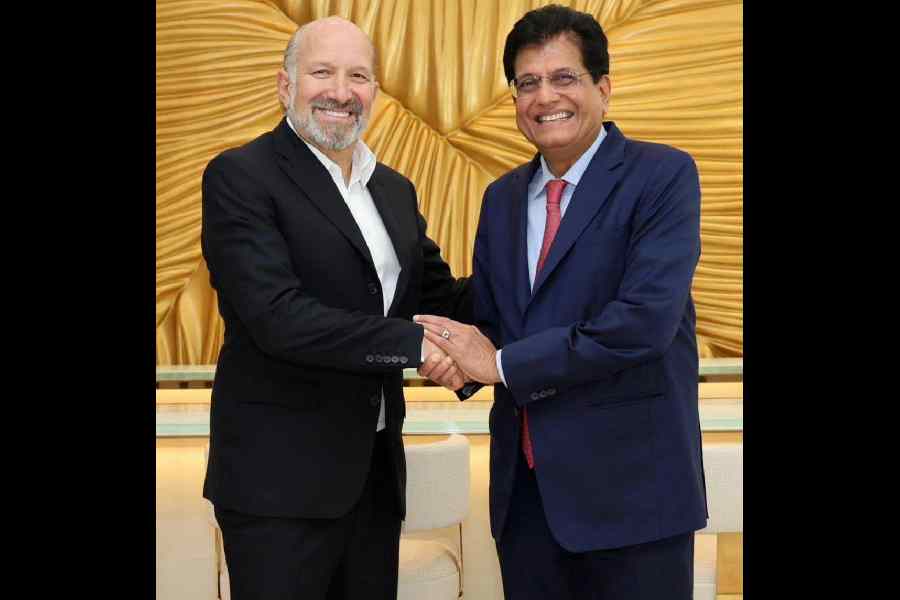Calcutta, March 28 :
Calcutta, March 28:
The census verdict is clear: Bengal is nowhere near the top. At best, it is just better than average.
Bengal, with its policy of education for the masses, has a literacy rate of 69.22 per cent. It ranks 11th among states with Kerala at the top with a 90.92 per cent literacy rate. Tripura, too, is ahead of Bengal with its 73.66 per cent literacy rate.
Bengal's sex ratio at 934 females per 1,000 males - a notch above the national average (excluding Union territories) of 933 - has again put the state behind 11 others.
The state can, however, draw comfort from the sharp drop in population growth at 17.84 per cent over the decade 1991-2001 compared with 24.73 per cent in the previous 10 years.
Releasing the 14th census report on Bengal for 2001, Vikram Sen, director of census operations, said the state recorded a 12 percentage point increase in the literacy rate over the past 10 years. The census, he said, was carried out between February 9 and February 28.
But school education minister Kanti Biswas would not comment on the report as he had yet to see it.
'But in the 1991 census,' the minister said, 'we had ranked 18th in literacy rates among all states, including minor ones like Mizoram. According to another Central survey in 1997, our women's literacy rate was the highest among major states, second only to Kerala.
According to the 1997 report, Bengal had the third largest number of literate persons among the major states after Kerala and Maharashtra.'
The state's 69.22 literacy rate is largely due to a high 81.31 per cent rate in Calcutta, 78.49 per cent in North 24-Parganas and 77.64 per cent in Howrah.
In Calcutta, 77.95 per cent of the women were literate as on March 1, 2001, compared with 72.09 per cent in 1991. For men, this year's figure is higher at 84.07 per cent against 81.94 in 1991.
But the census, while putting Calcutta's population at 45,80,544 in 2001, up from 43,99,819 in 1991, has found that more and more people are moving to the suburbs with flats and commercial complexes coming up in the North and South 24-Parganas.
'There is a tendency among the middle- and lower middle-class people to buy flats and move to North and South 24-Parganas. We have noticed the same trend in Chennai, Mumbai and Hyderabad. We are trying to calculate the number of people commuting daily to Calcutta,' Sen said.
The census found Bengal was the most thickly populated state in the country with a population density of 904 per square km. The most densely populated districts after Calcutta are Howrah, North 24-Parganas and Nadia.
Calcutta has a population density of 24,760 per sq km. Howrah, North 24-Parganas and Nadia lag behind at 2,913, 2,181 and 1,172 respectively.
The census put the population of Bengal at 8,02,21,171 as on March 1 against 6,80,77,965 a decade ago. Midnapore remained the most populous district, comprising a little over 12 per cent of the total population.
North 24-Parganas and Burdwan ranked second and third respectively at 11.13 per cent and 8.63 per cent.
 Thursday, 29 May 2025
Thursday, 29 May 2025









